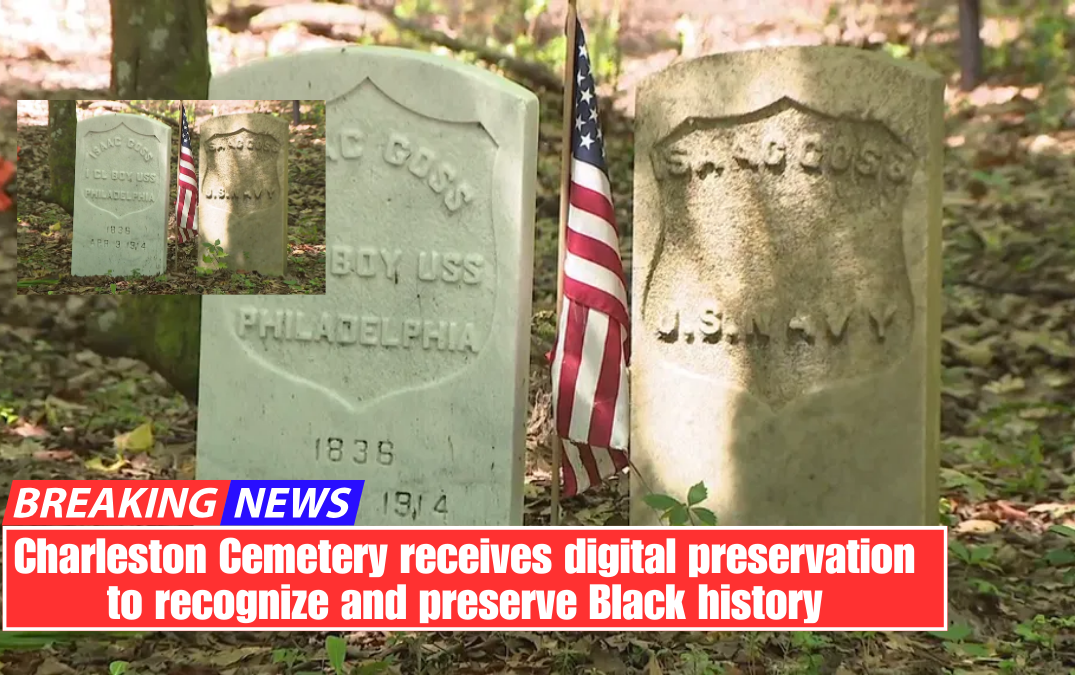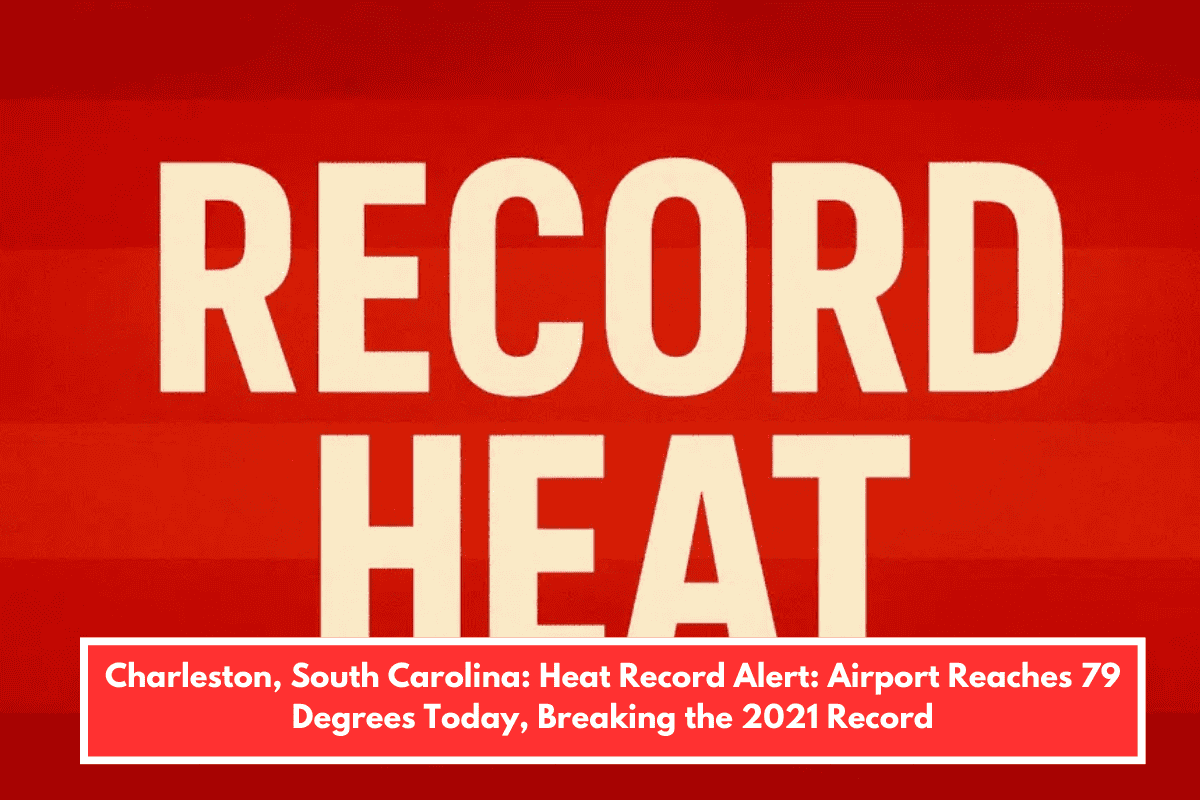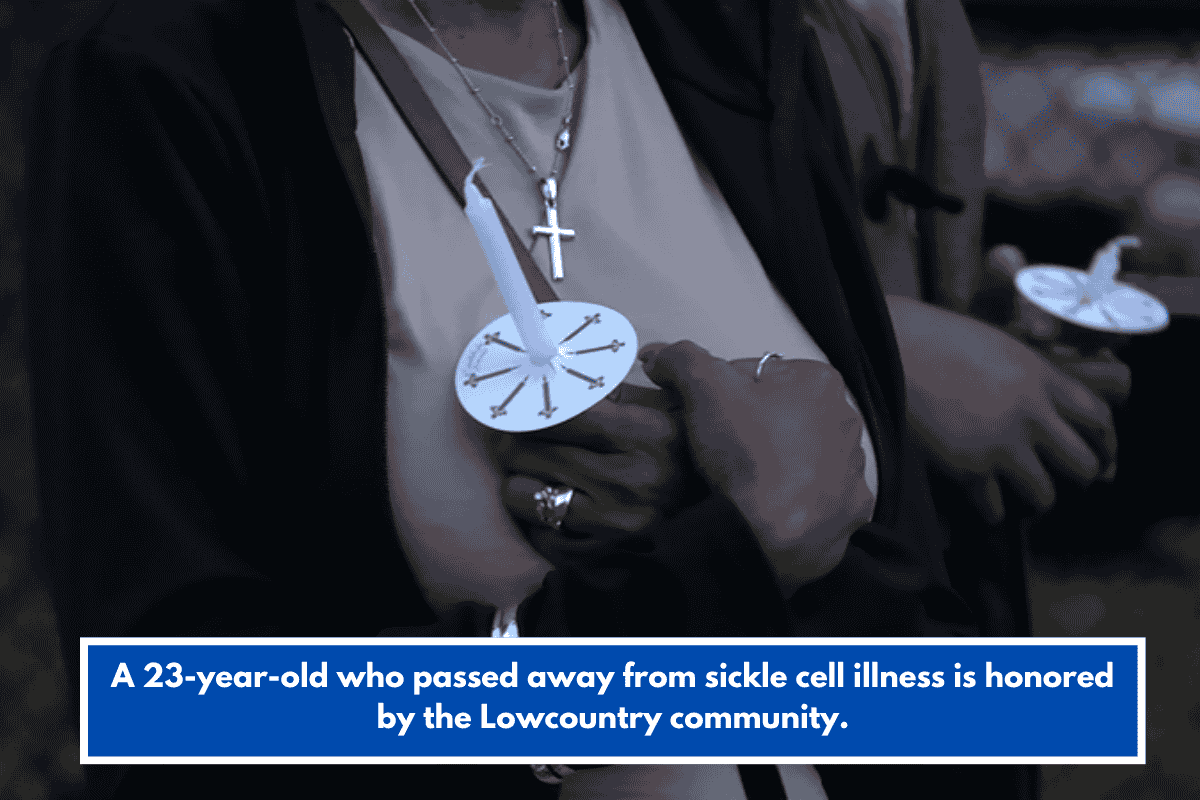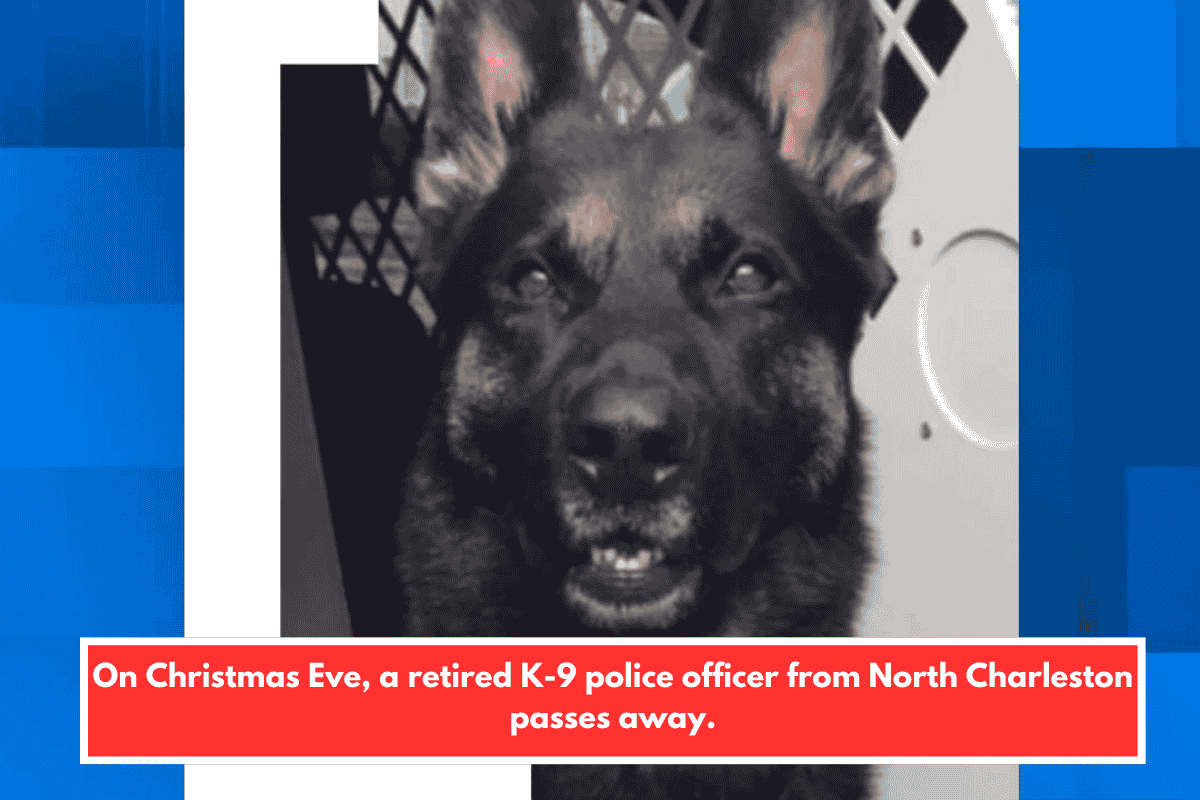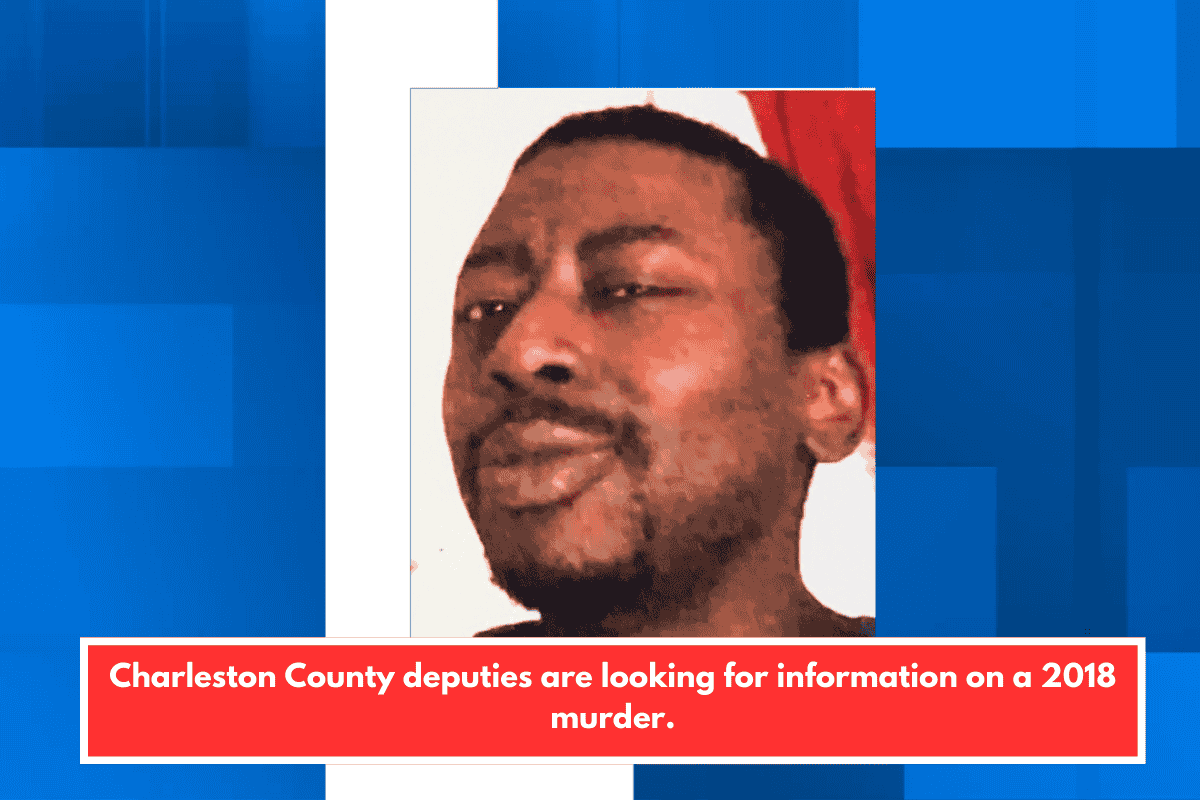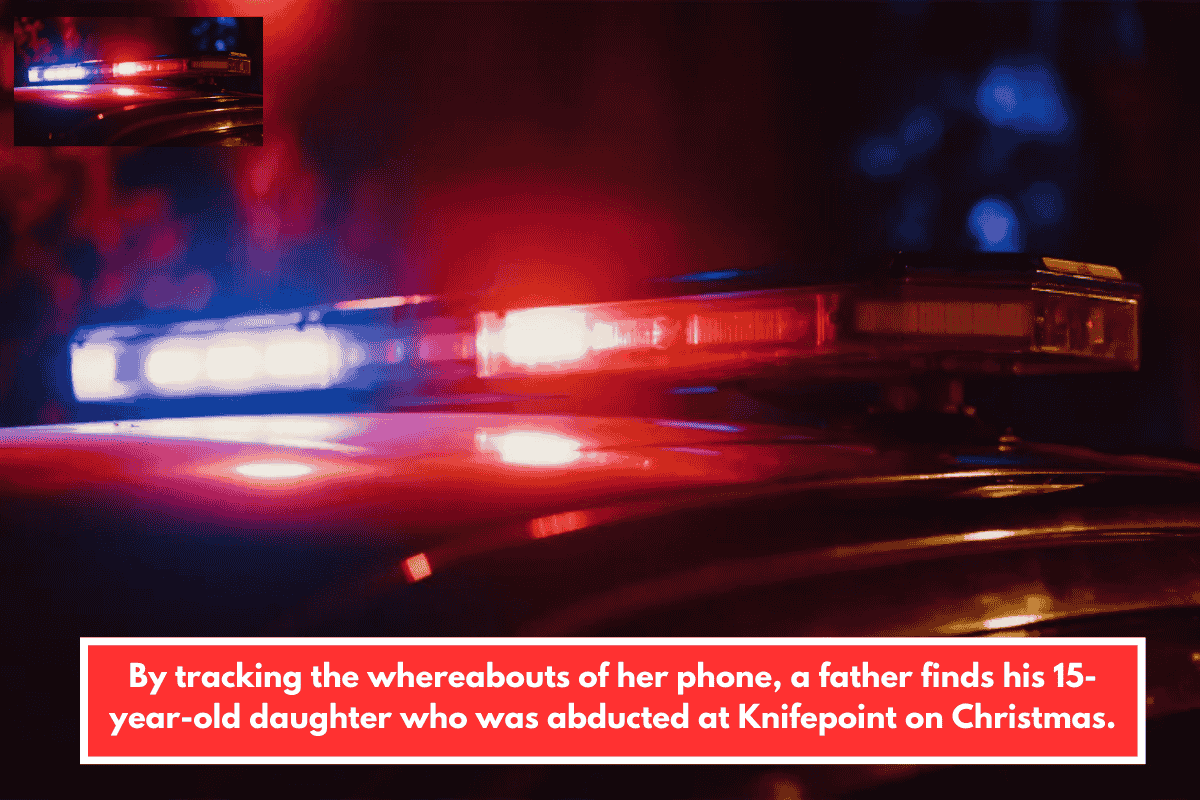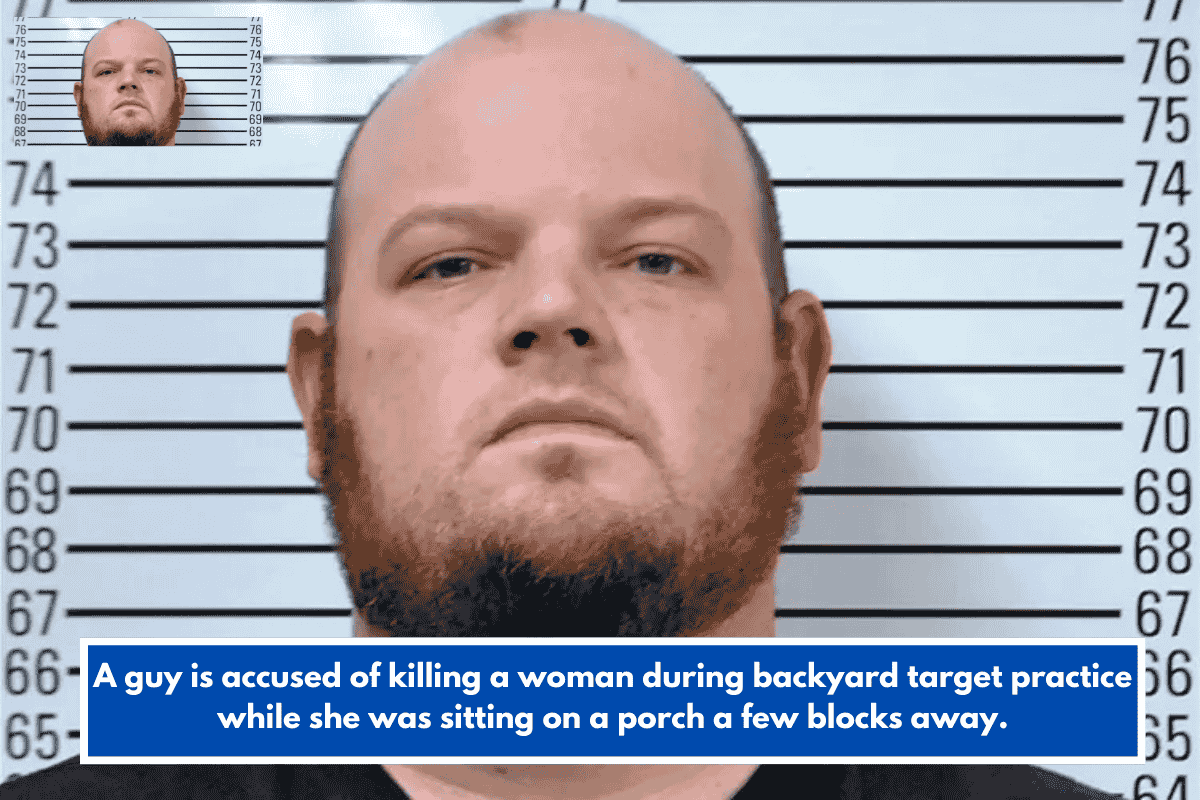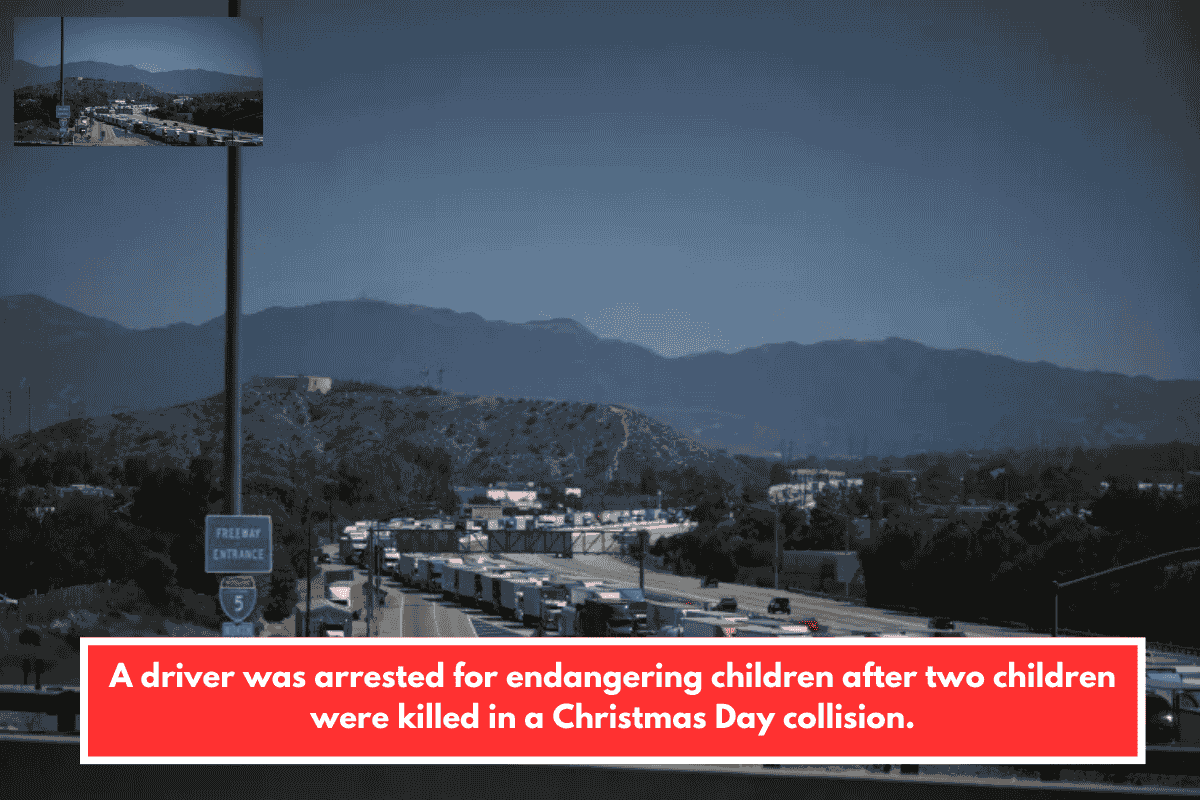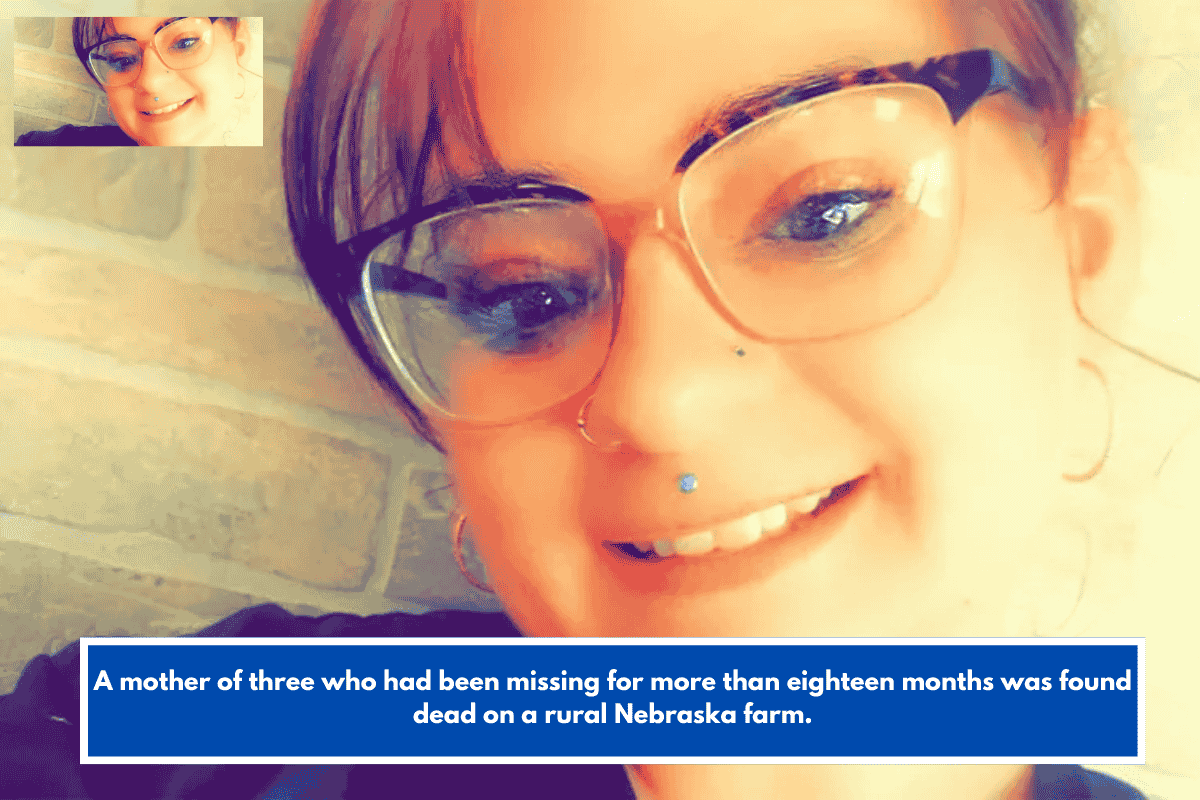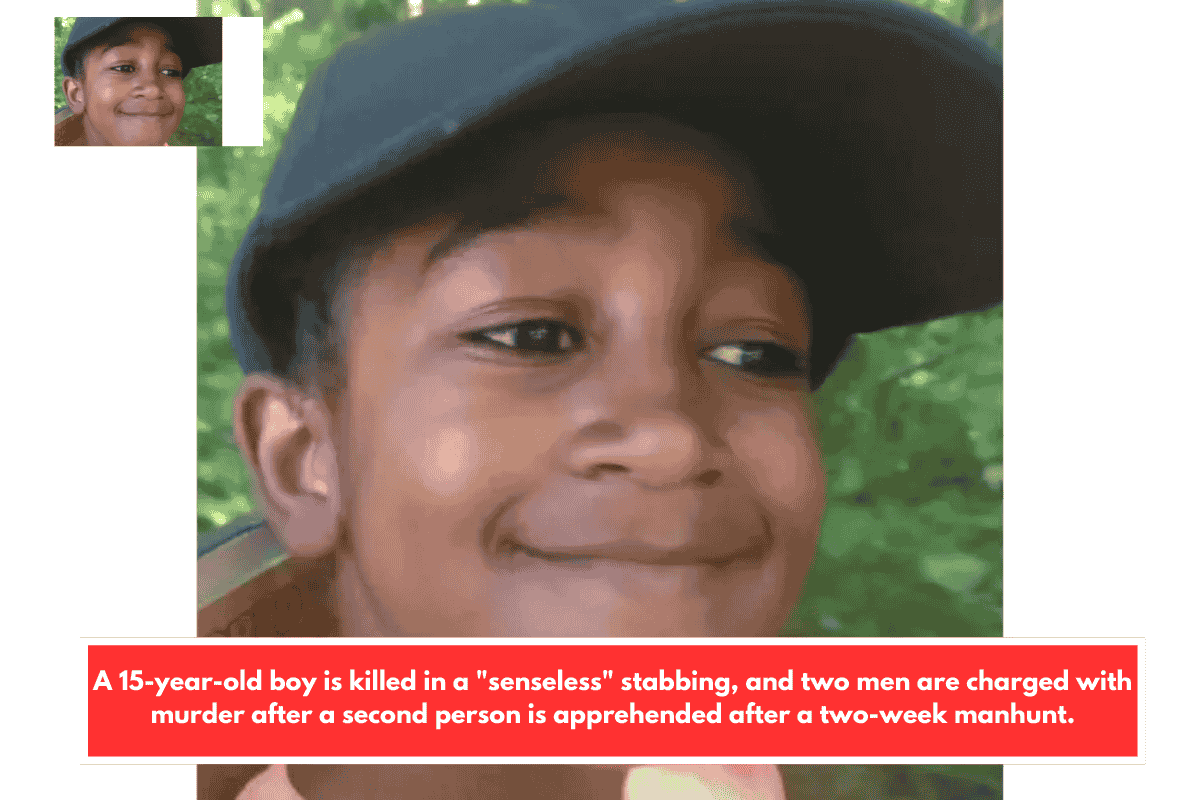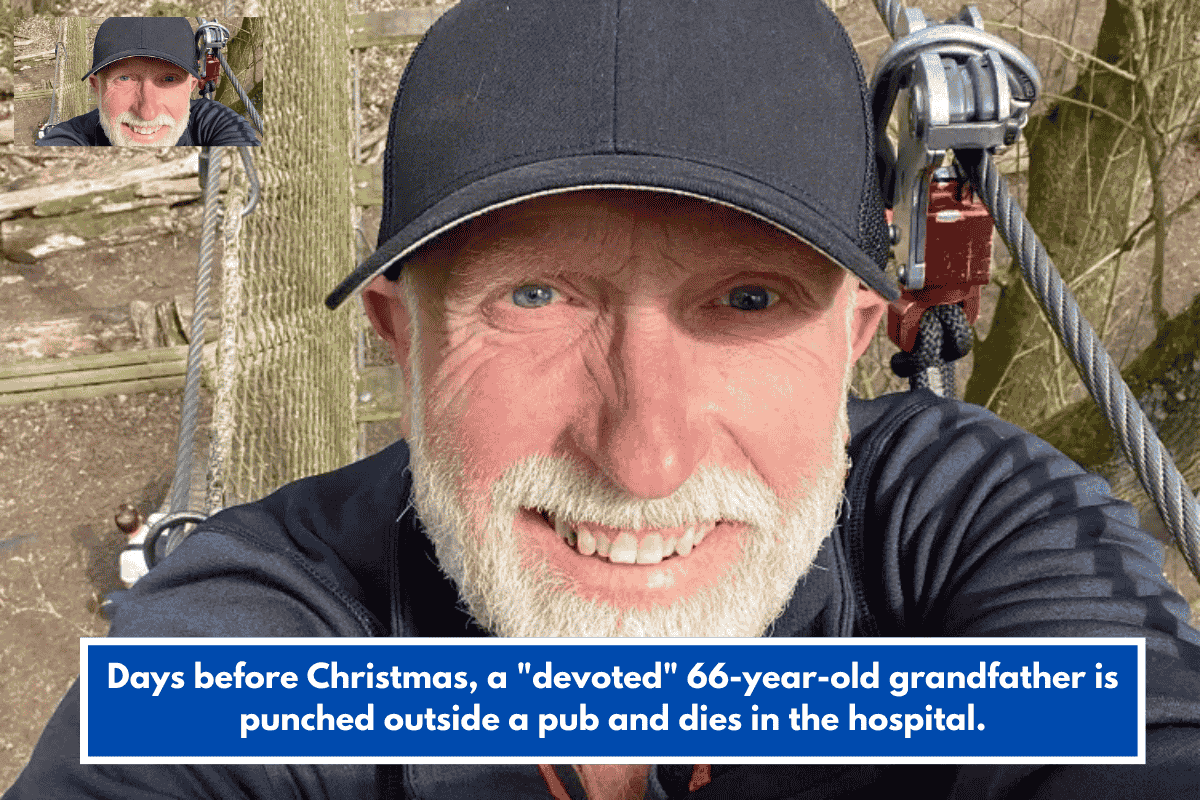Charleston, South Carolina – A sacred piece of Charleston’s history is receiving a 21st-century safeguard.
The Charleston Humane and Friendly Cemetery, located in the heart of the Holy City, is now part of a cutting-edge digital project aimed not only at preserving graves, but also at honoring legacies and reconnecting descendants with their roots.
The Humane and Friendly Society Cemetery in Charleston, with headstones dating back to the 1800s, is more than just a final resting place; it is also a living archive of African American history. According to the Preservation Society of Charleston, the cemetery was founded in 1802 and later established in 1856.
The Preservation Society of Charleston collaborated with the College of Charleston’s Avery Research Center for African American History and Culture on Friday to launch the next phase of their Mapping Charleston’s Black Burial Grounds Project.
The cemetery they mapped out is part of the African-American Burial Society, a charitable organization that existed before life insurance, in which community members pooled resources to ensure proper burials for their loved ones.
Laurel Fay, the Preservation Society’s Manager of Preservation and Research, helped lead the initiative.
“The idea is that we’re going to capture every single stone today, every single name, and hopefully that will help descendants and future researchers find out more about their roots,” she told me.
Fay stated that their goal is to digitally and physically document every grave in historically Black cemeteries, such as the Humane and Friendly Society Cemetery.
“We’re at Humane and Friendly Society Cemetery in the Charleston Cemetery Historic District, which is listed on the National Register of Historic Places. And today, we’re mapping each burial with Survey123, an ArcGIS application. Essentially, we are creating both a digital and physical map of everyone in the cemetery. Today, we are receiving assistance from descendants and our partners at the Avery Research Center,” she explained.
Fay has been mapping cemeteries since graduate school and explains how these sacred sites are threatened by climate change, erosion, and neglect.
She also mentioned that mapping the cemetery helps identify everyone buried there and may help connect living relatives with potential descendants.
“The historic preservation of cemeteries is critical. With the current weather conditions and climate change, many of the stones in cemeteries like these are falling over or sinking. So, it’s great to be able to map a cemetery, especially one that hasn’t been mapped before, just to know who’s who and then potentially connect with descendants for stewardship purposes. Many cemeteries in this district face maintenance and landscaping challenges, so that plays a significant role. “It’s just laying the groundwork, figuring out who’s here and how we can keep the cemetery going forward,” Fay explained.
She stated that the team is creating a comprehensive digital record of burials, names, headstones, and locations with tools such as Survey123, which will eventually be available online via public genealogy sites such as FindAGrave.com.
However, she stated that the effort goes beyond simply collecting data; it is about leaving a legacy and ensuring that history and those who came before us are not forgotten.
“So, we’re standing in an African-American Burial Society Cemetery, and most people have no idea what that is. Essentially, African-American Burial Societies were charitable organizations that existed prior to life insurance and other similar practices. As a result, people would pool their resources in order to provide burial services for their community. So, while many of these societies are no longer active, and have not been for generations, their descendants are, and the burial grounds themselves may still be active. So, this is really about honoring that legacy and making sure that history is not lost or forgotten,” Fay explained.
Daron Lee Calhoun II took over as cemetery supervisor after the death of long-time caretaker John Dash. He also works as the Facilities Outreach and Public Programs Coordinator at the Avery Research Center for African-American History and Culture.
Calhoun II stated that the preservation efforts honor Dash’s legacy and lifelong commitment to the cemetery.
“After he passed away, we said, ‘Okay, we’re going to take it to the next level in honor of Uncle Johnny,’ as we affectionately call him. So we would always be here. So Uncle Johnny had us out here cutting the grass and everything, and now we get to preserve it, keep it, and bring students out here for experiential learning at the College of Charleston. “That’s always something we want to do with our students,” he explained.
Calhoun II emphasized that students benefit greatly from seeing the names they read about in textbooks come to life in such a tangible way, allowing them to connect history to the real world.
“They see these names every day throughout our archives, now they actually get to put their hands on the headstones of the people who were so influential inside of Charleston,” he told me.
Julia-Ellen Craft Davis, a Charleston County resident, finds the project particularly relevant.
“This is really exciting because we’re recording the names of the people buried here. “I have ancestors who are here,” she explained.
Ellen Craft Davis expressed her excitement about the documentation of those buried there, which ensures that her family’s history is preserved for future generations.
“I want to know that in 50 or 100 years, we can be confident that everything will be in order for my grandchildren to come and visit. So, we’re hoping to have signage put up there to let people know the name of the cemetery as well as who is buried there,” she explained.

